Environmental Services
We are an international leader in environmental services and waste incineration solutions. We work with multiple Environmental companies and waste incineration plants around the world to provide our customers with the best services possible, better financial value, and a commitment to sustainability. Our team has decades of experience in providing innovative solutions that meet the needs of our clients while reducing environmental impact. We strive to be a responsible partner for all stakeholders – from governments and regulatory agencies to communities, customers, employees, and shareholders. With our dedication to excellence comes expertise that helps us deliver results that exceed expectations every time. Our core focus is on providing safe, reliable, efficient, and cost-effective incineration services while minimizing impacts on the environment.
Our commitment to sustainability is reflected in our commitment to energy efficiency, resource conservation and waste minimization. As a leader in the environmental services industry, we are dedicated to promoting sustainable development and helping make our world greener. We also provide comprehensive solutions for waste management systems, from planning and design to operation and maintenance.

Exporting Hazardous waste

As the global population continues to grow, businesses and governments around the world are looking for cost-effective ways to manage hazardous materials. Exporting hazardous waste is becoming an increasingly popular solution, as it offers many advantages over treating toxic materials domestically. By taking advantage of foreign resources and assistance, companies can greatly reduce their costs while still ensuring that hazardous materials are disposed of responsibly.
For businesses, the potential cost savings associated with exporting hazardous waste can be significant. Not only can companies save on labor costs by relying on foreign assistance, but they can also avoid the costs associated with purchasing and maintaining specialized equipment domestically. Furthermore, many countries have more effective treatment plants than those found in the U.S., allowing companies to ensure that hazardous materials are disposed of in an environmentally responsible manner.
In addition to cost savings, there are also environmental benefits associated with exporting hazardous waste instead of doing the treatment domestically. For example, domestic treatment facilities often require large amounts of energy and water, whereas foreign plants can be more efficient when it comes to energy use. Furthermore, exporting hazardous waste overseas reduces the need for expensive and potentially dangerous transportation of toxic materials within a country’s borders.
While there are many advantages to exporting hazardous waste, businesses must also be aware of the legal implications. It is important for companies to take advantage of foreign resources and assistance when it comes to disposing of hazardous materials, but they must also be aware of the potential risks. Companies must familiarize themselves with both domestic and international regulations when it comes to managing hazardous materials, as well as any relevant export restrictions or prohibitions.
Hazardous waste transportation
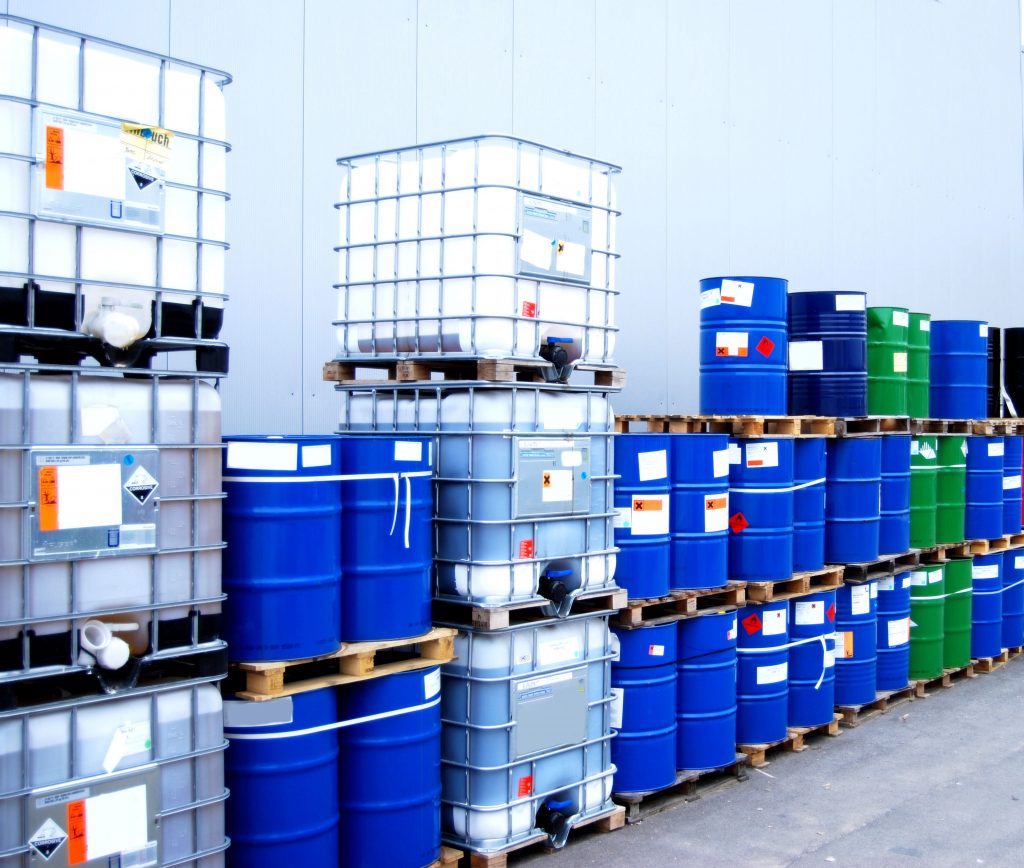
Hazardous waste transportation is a critical activity that involves the movement of potentially hazardous materials from one location to another. The success of any hazardous waste transportation depends on strict adherence to health, safety, and environmental regulations, as well as best practices for the prevention of accidents and contamination. In the United States and Europe, there are a number of different hazardous waste transportation regulations that must be followed in order to ensure safety and legal compliance.
These regulations include the Hazardous Materials Transportation Act (HMTA) in the United States, which states that all hazardous materials must be properly packaged, labeled, and marked with an appropriate hazard warning; as well as the European Agreement Concerning the International Carriage of Dangerous Goods by Road (ADR), which is a European law that establishes the conditions for movement of hazardous materials by land. In addition, specific safety and security requirements vary from country to country, as well as between individual states in the United States.
Hazardous waste transporters must have appropriate permits or licenses, depending on the type of waste being transported. They must also be familiar with the regulations that apply to their specific situation, as well as follow safety protocols and use appropriate equipment such as hazmat suits, containment units, and specialized vehicles for safe transport. There are a number of other practices that can help ensure successful hazardous waste transport, including proper communication between transporters and receivers, the use of route planners to avoid potential hazards, and regular training for drivers. By following these regulations and best practices, hazardous waste transporters can ensure the safe transportation of potentially harmful materials.
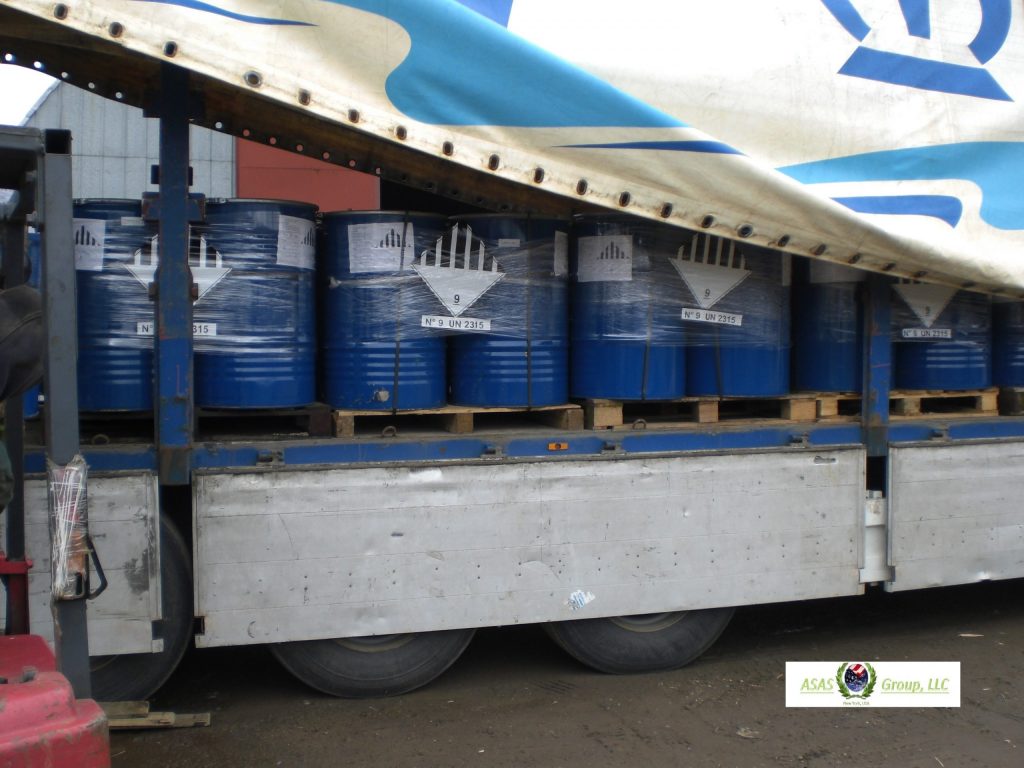

Finally, hazardous waste transporters must be aware of the potential consequences of violating safety regulations. Penalties for violations can include fines, sanctions, and even jail time in extreme cases. In addition to legal penalties, hazardous waste transportation companies must also consider the possibility of negative publicity if an accident were to occur as a result of their negligence in following safety protocols. It is therefore important for all hazardous waste transporters to take the necessary steps to ensure a safe and legal transport process.
Waste transportation is an activity that must be conducted carefully and according to strict regulations. By following the applicable laws, adhering to best practices, and taking extra precautions when necessary, hazardous waste transporters can ensure a safe and legal transport process. Additionally, by being aware of the potential consequences of violating safety regulations, they can protect themselves from any negative repercussions that may arise.
Most common Hazardous waste
1.Asbestos

The top 5 treatment options for Asbestos are:
Incineration: Asbestos material is burned at high temperatures (around 1500 degrees Celsius) to destroy the fibers. The incinerated material is disposed of in a hazardous waste landfill. This method is very effective but capital intensive.
Stabilization/solidification: Asbestos contaminated material is mixed with cement or other polymers to bind the fibers and reduce leachability. The solidified material can be disposed of in a regular landfill. However, the process may not fully contain the fibers and there is a risk of the material deteriorating over time.
Encapsulation/isolation: Asbestos material is covered or wrapped with an airtight sealant to prevent fiber release. While this is a low-cost method, the sealant may deteriorate over time resulting in fiber release. It also does not reduce the volume of asbestos waste.
Vacuum extraction and removal: Asbestos material is physically removed using vacuum systems and other removal techniques. The removed material is disposed of in a hazardous waste landfill. This method is effective but labor-intensive and disruptive.
Disposal in a hazardous waste landfill: Asbestos material is disposed of in a specially designed hazardous waste landfill. While this contains asbestos waste, it does not destroy the fibers and relies on the landfill’s containment system to prevent long-term release of fibers into the environment.
2. Lead

The top 5 treatment options for Lead are:
Incineration: Lead contaminated material is burned at high temperatures (around 1000 degrees Celsius) to vaporize the lead into a gas which is then treated with air pollution control devices like scrubbers to capture the lead particles. The incinerated material is disposed of in a hazardous waste landfill. This method is very effective but capital intensive.
Chemical reduction/precipitation process: Chemicals like sodium hydroxide are added to lead contaminated water/soil to increase the pH, which causes the lead to precipitate out of solution as lead hydroxide. The precipitated lead can then be filtered out. This method is effective and low-cost but the precipitated lead still requires disposal in a hazardous waste landfill.
Soil vapor extraction (SVE): Vacuum pumps are used to draw air through lead contaminated soil and extract the lead vapors. The vapors are then treated to remove the lead before releasing the air. This method is effective but disruptive to the soil and may not fully remediate the lead. The extracted lead requires disposal in a hazardous waste landfill.
Solvent extraction process (SVE): Organic solvents are used to extract the lead from contaminated soil. The lead-laden solvent is then treated to recover the lead. This method is effective but the solvents are hazardous and require careful handling and disposal. The recovered lead requires disposal in a hazardous waste landfill.
Electrokinetic remediation: An electric current is applied to lead contaminated soil to induce lead migration towards oppositely charged electrodes. The lead accumulates at the electrodes and can be recovered. This method is low-cost and low-disruptive but may not achieve full remediation and the recovered lead requires disposal in a hazardous waste landfill.
3. Mercury
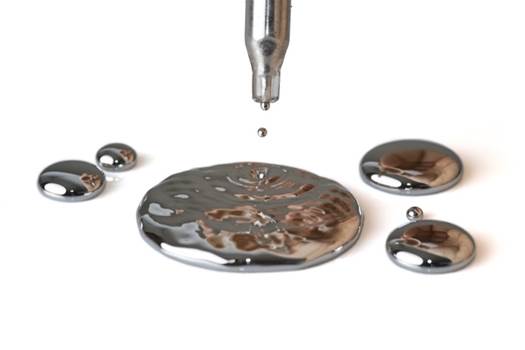
The top 5 treatment options for Mercury are:
Thermal oxidation and abatement processes: Mercury vapor is heated to extremely high temperatures (above 600 degrees Celsius) which causes the mercury to oxidize into more stable forms like mercuric oxide. The oxidized mercury compounds are then collected and disposed of as hazardous waste. This method is very effective at destroying mercury but requires significant energy and resources.
Catalytic oxidation and abatement processes: Mercury vapor is passed through a catalyst like activated carbon or certain metals which cause it to oxidize at lower temperatures than thermal oxidation. The oxidized mercury compounds are then collected and disposed of as hazardous waste. This method requires less energy than thermal oxidation but the catalysts may degrade over time reducing effectiveness.
Solidification/stabilization process: Mercury contaminated material is mixed with cement, resins or other polymers which bind the mercury and reduce leachability. The solidified material can be disposed of in a hazardous waste landfill. However, the process may not fully contain the mercury and there is a risk of the material deteriorating over time resulting in mercury release.
In situ thermal treatment: Mercury contaminated soil is heated in place to high temperatures using electrical resistance heating. The heat destroys the mercury which is collected as a vapor and disposed of as hazardous waste. This method avoids the need to excavate and transport contaminated soil but is energy intensive and may not fully remediate the site.
Activated carbon adsorption: Mercury vapor or contaminated water is passed through activated carbon which adsorbs the mercury onto its surface. The mercury-laden carbon is then disposed of as hazardous waste. This method is low cost and efficient but the carbon eventually becomes saturated and must be replaced. The disposed carbon also still contains mercury which can leach into the environment.
4. Pesticides
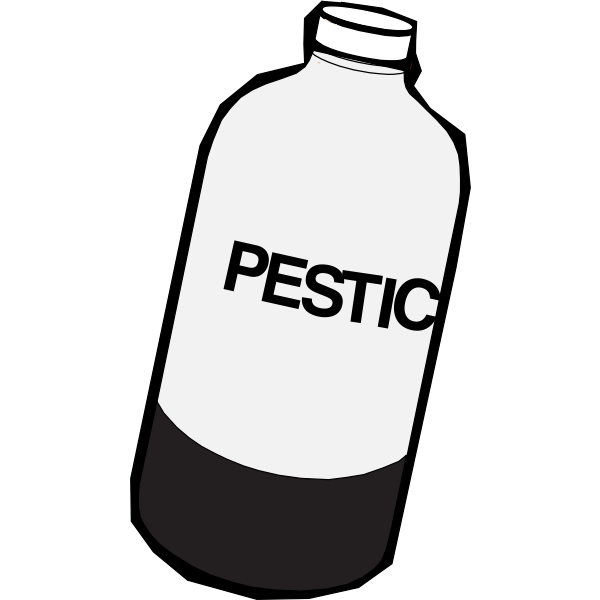
The top 5 treatment options for pesticides are:
Bioremediation: Microorganisms, fungi or plants are used to break down pesticide molecules into less toxic forms. This is an inexpensive and low-disruption method but is limited by the types of pesticides that can be degraded and time required for remediation. Specific pesticides may require tailored microbial strains and optimal conditions to achieve satisfactory degradation.
Chemical reduction: Powerful reducing agents like zero-valent iron are used to break pesticide molecules into less toxic forms. The iron filings are injected into contaminated soil or water and react with the pesticides. This method can be effective but the byproducts of the reaction may also be toxic and require treatment. In addition, the iron filings can clog soil pores affecting soil properties.
Activated carbon adsorption: Contaminated water is passed through activated carbon which adsorbs the pesticides onto its porous surface. The carbon eventually becomes saturated and must be replaced. The pesticide-laden carbon must then be disposed of as hazardous waste. This method is efficient at removing pesticides but the disposal of the spent carbon remains an issue.
Membrane filtration: Contaminated water is passed through membranes with microscopic pores that trap pesticide molecules while allowing water to pass through. This method produces very high purity water but the membranes can clog and require frequent replacement. In addition, the concentrated pesticide waste stream requires disposal.
Advanced oxidation processes: Powerful oxidizing agents like ozone, hydrogen peroxide and UV light are used to break down pesticide molecules. The highly reactive oxygen species degrade the pesticides into less toxic forms. This method can be very effective but requires significant energy and resources. In addition, the byproducts of oxidation may also be toxic and require treatment.
5. PCBs

The top 5 treatment options for PCBs are:
Chemical reduction: PCBs are exposed to powerful reducing agents like sodium metal or molten magnesium that break down the molecules into less chlorinated and less toxic forms. The byproducts are then further treated. This method effectively destroys PCBs but the reducing agents are hazardous to handle and the byproducts may also be toxic and require intensive treatment.
Incineration: PCB-contaminated materials are burned at high temperatures to destroy the compounds. Emissions are treated to remove any remaining PCBs or other pollutants. High temperature incineration is very effective at destroying PCBs but requires significant energy and resources and emits other air pollutants that must be mitigated.
Bioremediation: Microorganisms are used to metabolize PCBs into less toxic forms. This method is low cost but PCB degradation is slow and limited by the types of PCBs that can be degraded. Specific microbial strains and optimal conditions are required to achieve satisfactory degradation.
Chemical oxidation: Powerful oxidizing agents like ozone, hydrogen peroxide and UV/oxidation are used to break down PCBs. The highly reactive oxygen species degrade PCBs into less toxic forms. This method can be very effective but requires significant resources and the byproducts may also be toxic and require treatment.
Solidification/stabilization: PCB-contaminated material is mixed with cement, resins or other polymers which bind the PCBs and reduce leachability. The solidified material can be disposed of in a hazardous waste landfill. However, the process may not fully contain the PCBs and there is a risk of the material deteriorating over time resulting in PCB release.
6. Batteries
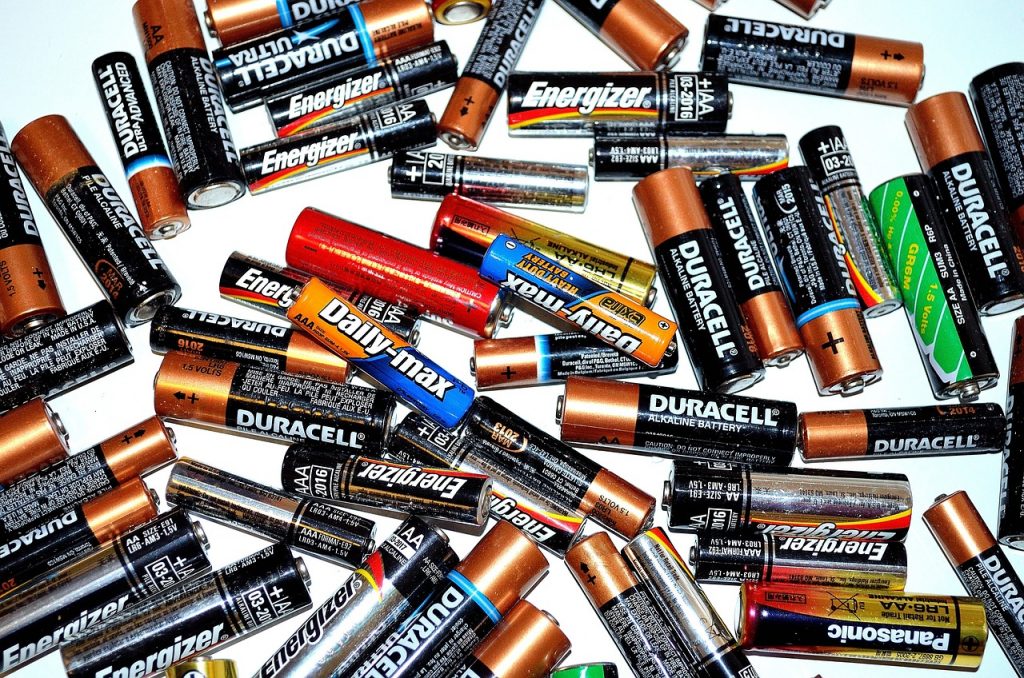
The top 5 treatment options for Batteries are:
Thermal treatment: Batteries are heated to high temperatures in a controlled process called pyrolysis which decomposes the chemicals and components into less toxic forms that can be disposed of more safely. The high temperature effectively destroys battery components but requires significant energy and resources and emits air pollutants that must be mitigated.
Mechanical separation: Batteries are physically dismantled and the components are separated mechanically. The separated components can then be treated individually using other methods. This method is low cost but difficult to fully separate all components and recover all materials. Smaller batteries may not be feasible to dismantle mechanically.
Chemical leaching: Battery components are exposed to acid or alkaline solutions that dissolve the metals, allowing them to be recovered for recycling. The remaining solution requires treatment to neutralize and remove contaminants. This method can effectively recover valuable metals but the leaching process produces toxic byproducts that must be properly treated.
Hydrometallurgical recovery: Battery components are dissolved in acid and processed using solvents and electrolysis to recover pure metals. This method can effectively recover metals with high purity but requires intensive resources and the process solutions and byproducts must be carefully treated.
Bioremediation: Microorganisms are used to break down toxic battery chemicals into less harmful forms. Specific microbial strains are required for the various battery components. This method is low cost but degradation can be slow and incomplete for some battery chemicals. Optimal conditions and extensive treatment of byproducts are required.
7. Paint
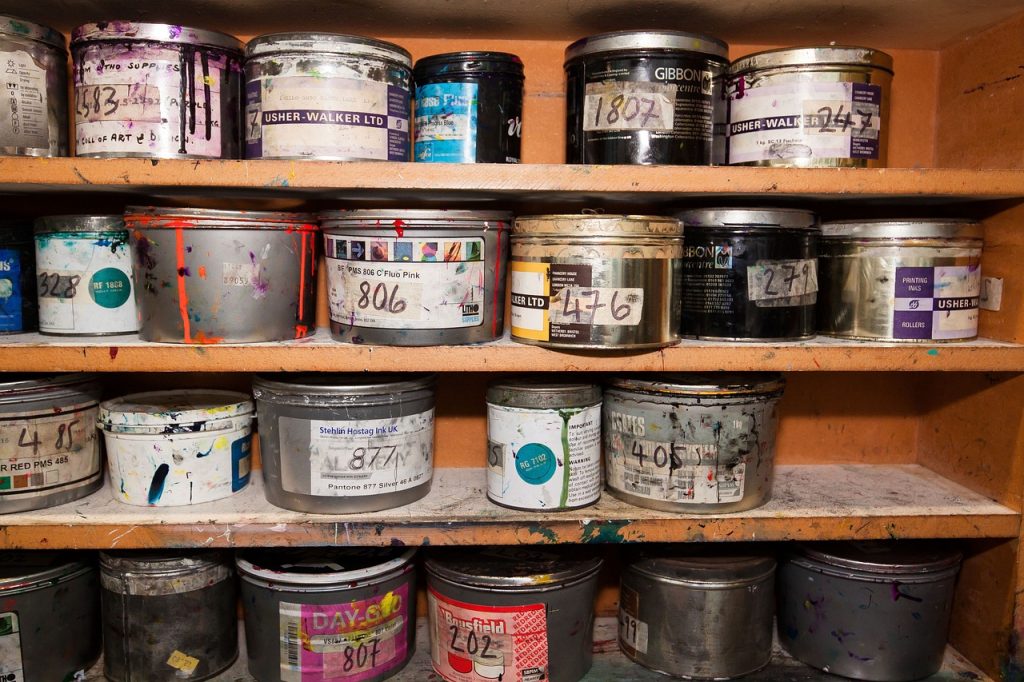
The top 5 treatment options for Paint are:
Chemical precipitation: The paint is treated with chemicals that react with the pigments and binders to form insoluble precipitates that can be filtered out. Metals like lead and cadmium form stable precipitates but organic compounds can be more difficult to precipitate. The resulting sludge requires disposal in a hazardous waste landfill.
Bioremediation: Microorganisms such as bacteria and fungi are used to break down the chemicals in paint. The microbes metabolize components like oils and solvents, but many pigments are difficult for microorganisms to degrade. This method is low cost but can be slow and may not achieve full degradation of all paint components. The resulting byproducts also require treatment.
Incineration: Paint is burned at high temperatures which decompose the chemicals and destroy toxic components. Proper emissions controls are required to mitigate air pollution. High temperature incineration is very effective at decomposition but requires significant energy and resources and still produces some toxic byproducts that must be treated.
Chemical oxidation: Powerful oxidizing agents like ozone, hydrogen peroxide and UV/oxidation are used to break down paint chemicals. The reactive oxygen species degrade many organic compounds and some pigments/metals. This method can be effective but may not achieve full degradation and the byproducts may also be toxic and require treatment.
Solvent extraction: Organic solvents are used to dissolve the paint binders and pigments from surfaces. The paint can then be recovered from the solvent for recycling or disposal. However, many solvents are toxic and flammable, requiring careful handling and treatment. Some pigments may not fully dissolve, leaving residues that require other treatment methods. The recovered paint also requires subsequent treatment for disposal.
8. Oil & fuel products
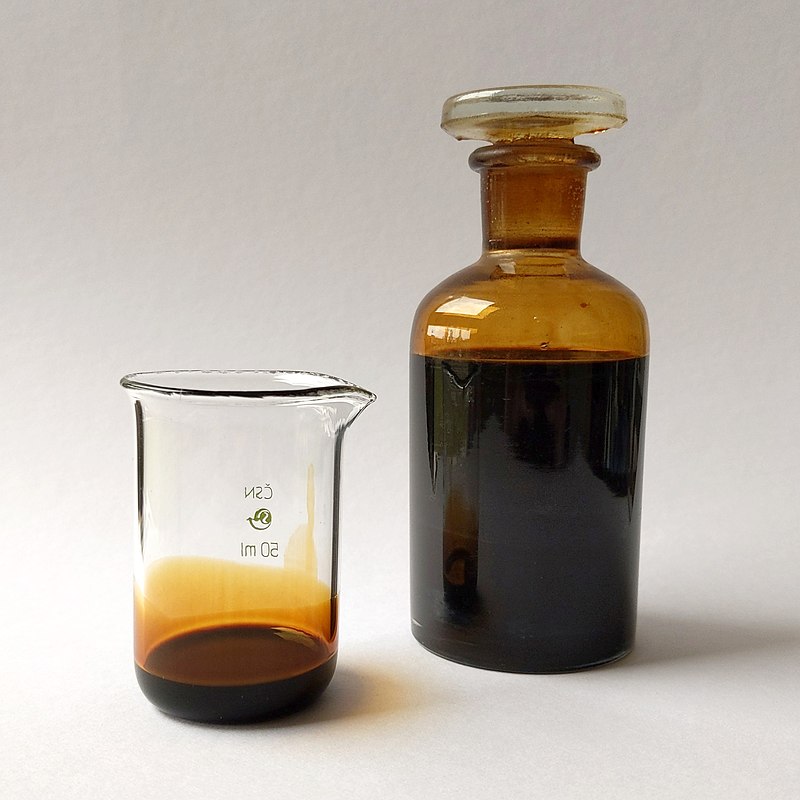
The top 5 treatment options for oil and fuel products are:
Bioremediation: Microorganisms such as bacteria and fungi are used to break down hydrocarbons in oil and fuel. Certain microbial strains can metabolize components like gasoline, diesel and kerosene. This method is low cost but can be slow and may not achieve full degradation of all chemicals. The resulting byproducts also require treatment.
Chemical oxidation: Powerful oxidizing agents like ozone, hydrogen peroxide, and UV/oxidation are used to break down oil and fuel chemicals. The reactive oxygen species can degrade many hydrocarbons. This method can be effective but may not achieve full degradation and the byproducts may also be toxic and require treatment.
Incineration: Oil and fuel are burned at high temperatures which decompose the chemicals and destroy toxic components. Proper emissions controls are required to mitigate air pollution. High temperature incineration is very effective at decomposition but requires significant energy and resources and still produces some toxic byproducts that must be treated.
Solvent extraction: Organic solvents are used to dissolve oil and fuel chemicals. The chemicals can then be recovered from the solvent for recycling or disposal. However, many solvents are toxic and flammable, requiring careful handling and treatment. Some chemicals may not fully dissolve, leaving residues that require other treatment methods. The recovered chemicals also require subsequent treatment for disposal.
Thermal desorption: Oil and fuel chemicals are heated to high temperatures to vaporize the chemicals, which are then combusted or condensed and recovered. This method is effective at decomposition and chemical recovery but requires significant energy and resources. Emissions controls are necessary and some byproducts may still require treatment.
9. Industrial solvents & cleaners
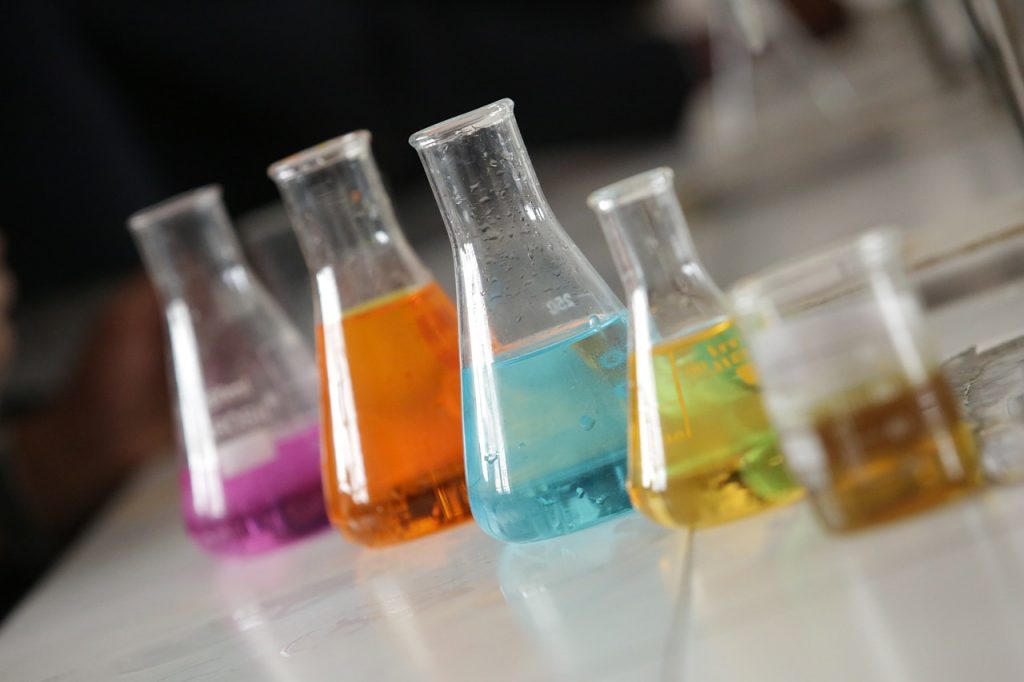
The top 5 treatment options for industrial solvents and cleaners are:
Bioremediation: Microorganisms such as bacteria and fungi can be used to break down organic compounds found in solvents and cleaners. This method is low cost, but can be slow and may not achieve full degradation of all chemicals. The resulting byproducts may still require treatment.
Chemical oxidation: Powerful oxidizing agents like ozone, hydrogen peroxide, and UV/oxidation can be used to break down solvents and cleaners. The reactive oxygen species generated can degrade many chemicals. This method is effective but may not achieve full degradation of all compounds and the byproducts may require treatment.
Incineration: Solvents and cleaners can be burned at high temperatures which decompose the chemicals and destroy toxic components. Proper emissions controls are necessary to mitigate air pollution. High temperature incineration is very effective but requires significant energy and resources, as well as treatment of byproducts that may remain.
Adsorption: Adsorbents such as activated carbon, clays, and silica can be used to remove contaminants from solvents and cleaners. The adsorbents are effective at removing many chemicals, but they must be disposed of properly after use.
Distillation: Solvents and cleaners can be distilled to separate the components based on their boiling points. This method is very effective but requires significant energy and resources, as well as treatment of the byproducts that may remain.
Depending on the type of contamination, there are other treatment options available such as biological treatments, membrane filtration, reverse osmosis, electrochemical oxidation/reduction, chemical reduction/precipitation, and advanced oxidation processes. Before deciding on a treatment option, the type of contaminants must be accurately identified and evaluated to determine the best course of action. In some cases, multiple treatments may need to be used in combination to achieve optimal results. Ultimately, each situation will require careful consideration before selecting the most appropriate treatment method.
10. Refrigerants

The top 5 treatment options for refrigerants are:
Adsorption: Adsorbents such as activated carbon, clays, and silica can be used to remove contaminants from refrigerants. This method is effective at removing many chemicals, but the adsorbents must be disposed of properly after use.
Distillation: Refrigerants can be distilled to separate the components based on their boiling points. This method is very effective but requires significant energy and resources, as well as treatment of byproducts that may remain.
Thermal desorption: Refrigerants are heated to high temperatures to vaporize the chemicals, which are then combusted or condensed and recovered. This method is effective at decomposition and chemical recovery but requires significant energy and resources. Emissions controls are necessary and some byproducts may still require treatment.
Incineration: Refrigerants can be burned at high temperatures which decompose the chemicals and destroy toxic components. Proper emissions controls are necessary to mitigate air pollution. High temperature incineration is very effective but requires significant energy and resources, as well as treatment of byproducts that may remain.
Chemical reduction/precipitation: Refrigerants can be reduced or precipitated using chemical reactions to convert them to a solid form. This method is low cost and effective at removing hazardous chemicals, but the byproducts must be disposed of properly.
Whether a single treatment option or combination of options is used, special attention must also be paid to the method of disposal for any waste generated from the process. Proper disposal and recycling will help limit environmental damage and reduce hazardous waste buildup. Ultimately, each situation will require careful consideration before selecting the most appropriate treatment method.
11. Pesticides TPPs

The top 5 treatment options for TPPs are:
Physical Removal: The use of physical barriers such as nets, screens, and filters can be used to physically remove or trap large particles from the air. This method is effective at removing large particles but may not work for smaller ones.
Activated Carbon Adsorption: Activated carbon is very effective at adsorbing a wide range of organic contaminants from the air. This method is cost-effective and efficient, but the activated carbon must be disposed of properly after use.
Biological Treatment: Biological processes such as bioremediation or phytoremediation can be used to degrade or immobilize pollutants. This method is cost-effective but can take significant time and resources to achieve results.
Photocatalysis: The use of photocatalysts such as titanium dioxide can be used to degrade toxic airborne contaminants. This method is effective at breaking down many types of organics, but the photocatalyst must be disposed of properly after use.
Electrochemical Treatment: The use of electrochemical reactions such as oxidation or reduction can be used to reduce the toxicity of pollutants. This method is effective but requires significant energy and resources, as well as treatment of byproducts that may remain.
Whether a single treatment option or combination of options is used, special attention must also be paid to the method of disposal for any waste generated from the process. Proper disposal and recycling will help limit environmental damage and reduce hazardous waste buildup. Ultimately, each situation will require careful consideration before selecting the most appropriate treatment method.
12. Fluorescent bulbs

The top 4 treatment options for fluorescent bulbs and tubes are:
Recycling: Fluorescent bulbs and tubes should be recycled when possible to reduce the potential for hazardous components to be released into the environment.
Thermal Treatment: Fluorescent bulbs and tubes can be processed in high temperature furnaces or incinerators to break down hazardous materials, though this process requires significant energy and resources as well as treatment of byproducts that may remain.
Chemical Treatment: Chemical processes such as solvent extraction or chemical oxidation can be used to treat fluorescent bulbs and tubes, but the chemicals must then be disposed of properly after use.
Biological Treatment: Microorganisms such as fungi and bacteria can be used to degrade hazardous materials, though this method requires significant resources and time to achieve results.
Whether a single treatment option or combination of options is used, special attention must also be paid to the method of disposal for any waste generated from the process. Proper disposal and recycling will help limit environmental damage and reduce hazardous waste buildup. Ultimately, each situation will require careful consideration before selecting the most appropriate treatment method.
OTHER POPULAR HAZARDOUS WASTE
- Hydrocarbons
- Contaminated soil and debris
- Acidic or alkaline materials
- Chromium-based compounds
- Ammonia-based materials
- Phosphates/nitrogen compounds
- Formaldehyde solutions
- Mercury thermometers
- Halogenated organic solvents
- Photo-processing chemicals
- Chlorofluorocarbon gases
- Polyaromatic hydrocarbons
- Cyanide
- Brominated flame retardants